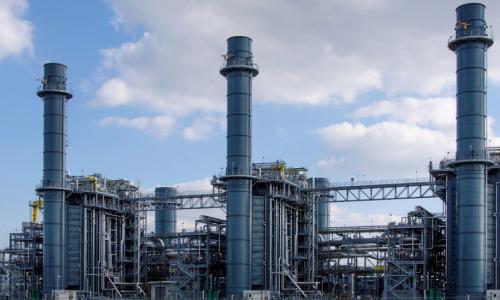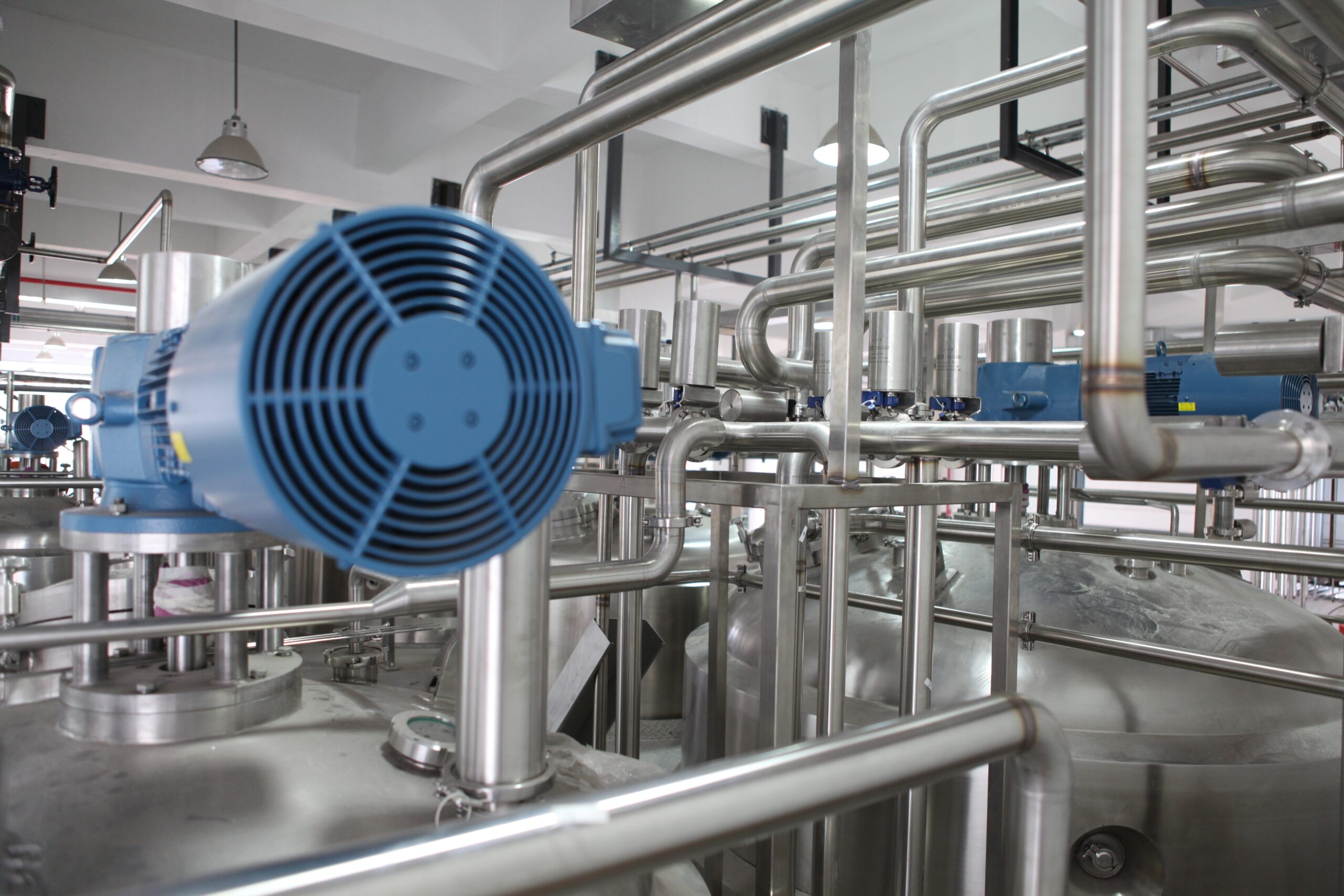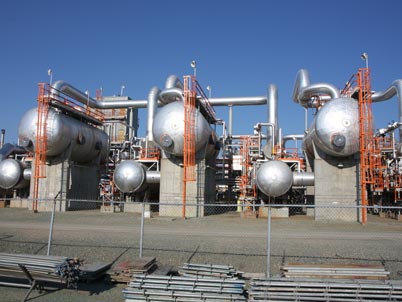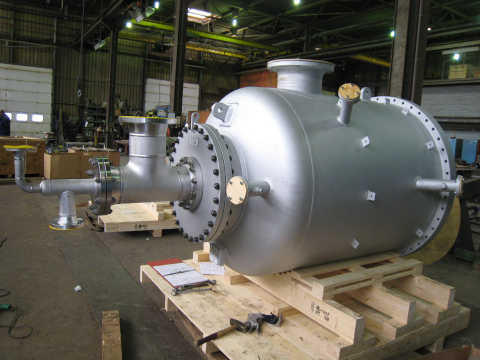First Class Design for Protection of the Environment

TECHNOLOGY COMMERCIALIZATION
Rameshni & Associates Technology & Engineering (RATE) offers Licensing technologies in sulphur technologies and tail gas treating for Oil and Gas Business refining, Gas Plants, LNG with full performance guarantees. RATE offers valid patented technologies that are granted to RATE by USA Patents and Trade Mark Office.
Rameshni & Associates Technology & Engineering (RATE) has extensive experience in technology research and technology development, patenting technologies, and technology commercialization. Therefore, RATE has the capability to support other companies to evaluate their innovation and help to commercialize their technologies.
A patent is a limited duration property right relating to an invention, granted by the United States Patent and Trademark Office in exchange for public disclosure of the invention. Utility patents are the most common type of patent and are provided for a new, non-obvious, and useful process.
Technology commercialization is the process of transitioning technologies from the research lab to the marketplace. This activity is complementary to the process of publishing research findings.
Technology commercialization is the process of transitioning technologies from the research lab to the marketplace. This is accomplished in many ways: through educating students, publishing results of research, and ensuring that inventions are developed into useful products and services for the benefit of the public.
Technology is typically commercialized through a license agreement in which the university grants rights to a specified technology to a third party for a period of years. License agreements require the licensee to meet certain performance milestones and compensate the inventor.

A good starting point for writing a commercialization plan is a clearly written statement that identifies the overall commercial goal of the project. This is your vision of what the product will do to meet a need and whom the project will affect. Define the specific problem or opportunity addressed and its importance.
The typical process is summarized in “The 8 Steps of Technology Commercialization”:`
Step 1: Research.
Step 2: Invention disclosure.
Step 3: Assessment.
Step 4: Patenting.
Step 5: Identifying potential licensees.
Step 6: Negotiation.
Step 7: Licensing.
Step 8: Revenue & commercialization.
With the sulphur content of crude oil and natural gas on the increase and with the ever-tightening sulphur content in fuels, the refiners and gas processors will require additional sulphur recovery capacity. At the same time, environmental regulatory agencies of many countries continue to promulgate more stringent standards for sulphur emissions from oil, gas and chemical processing facilities.
The new regulations, known as IMO 2020, mandate a maximum sulphur content of 0.5% in marine fuels globally. The driver of this change is the need to reduce the air pollution created in the shipping industry by reducing the Sulphur content of the fuels that ships use. In addition, CO2 recovery and Decarbonization are additional challenges to new environmental regulations.


At RATE, we understand how to tackle complex technology development and integration projects that satisfy challenging technical and commercial objectives. Our team is qualified to assist our clients to enable the successful development and integration of novel technologies into existing industrial processes.
RATE’s technology commercialization services include:
• Conduct the Process Simulations and Evaluation of commercialization models
• Generate all necessary Technical Data
• Intellectual property analyses
• Business case development
• Prepare the budgetary cost estimate
• Feasibility Study Report
• Technology scale-up road mapping
• Preparation of the Basic Engineering Package for the commercial scale
• Proof-of-concept technical assistance
• Piloting and demonstration programs
• Technology integration

